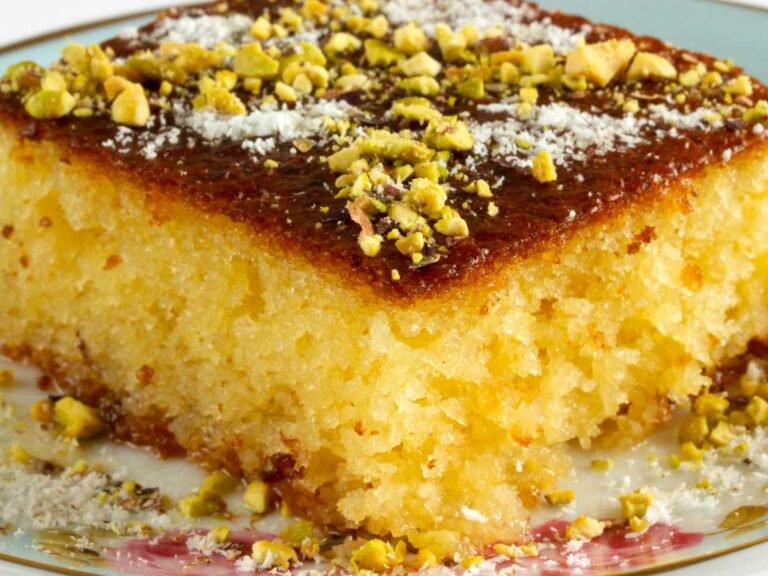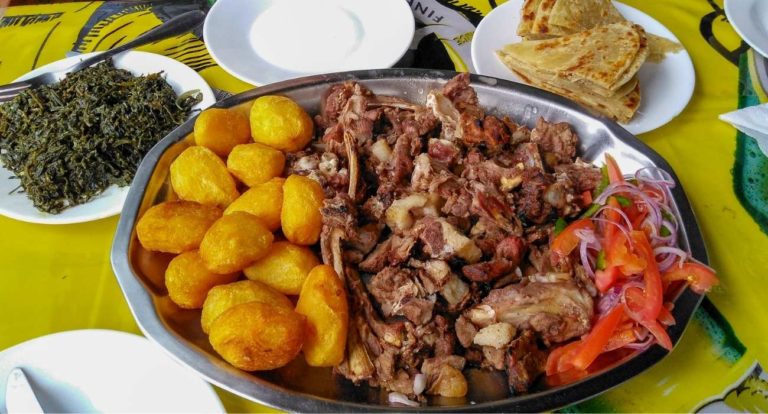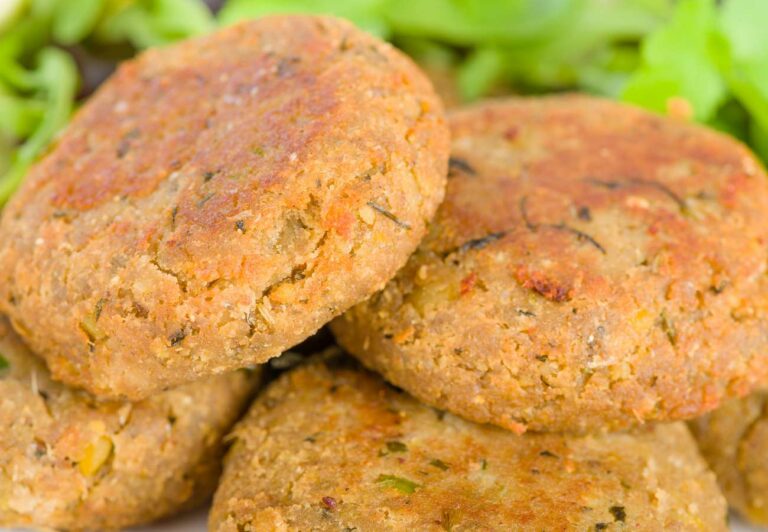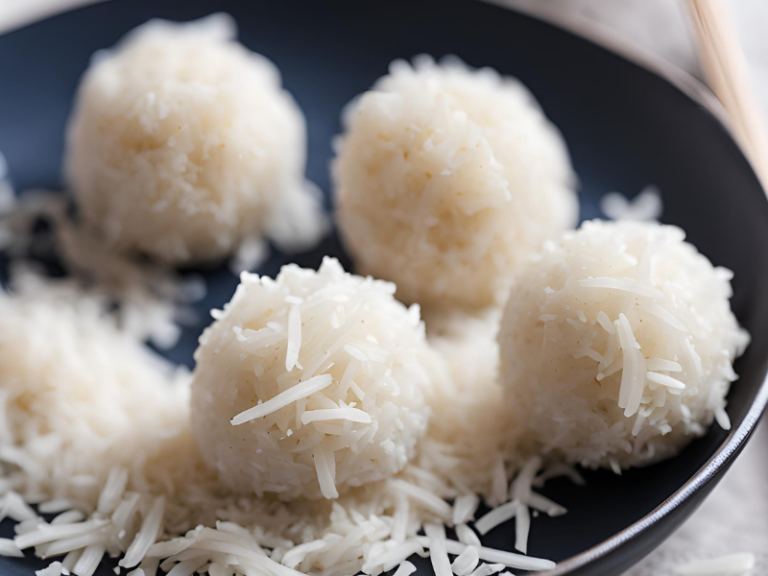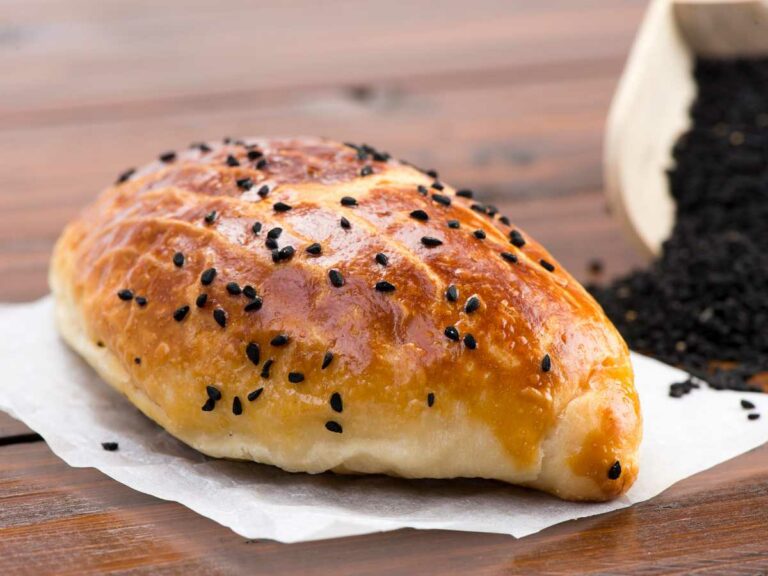Cypriot Food: 10 Traditional Dishes of Cyprus

Cyprus is an island country situated in the eastern Mediterranean Sea, south of the Anatolian Peninsula. The country is best known for the Limassol carnival, wreck diving, Haloumi cheese and its dessert wine (also known as Commandaria).
The population of Cyprus is made up of two major ethnicities, including Greek Cypriots and Turkish Cypriots. Cypriot dishes are a fusion of French, Byzantine and Middle Eastern forms of cooking, and are greatly influenced by Arab, Greek and Turkish cuisines. They also share many similarities with Italian and French cuisines.
Commonly used ingredients include fresh vegetables (like zucchini, olives, okra, green beans, artichokes, carrots, tomatoes, cucumbers, lettuce and grape leaves) and pulses (like beans, broad beans, peas, black-eyed beans, chickpeas and lentils).
Halloumi
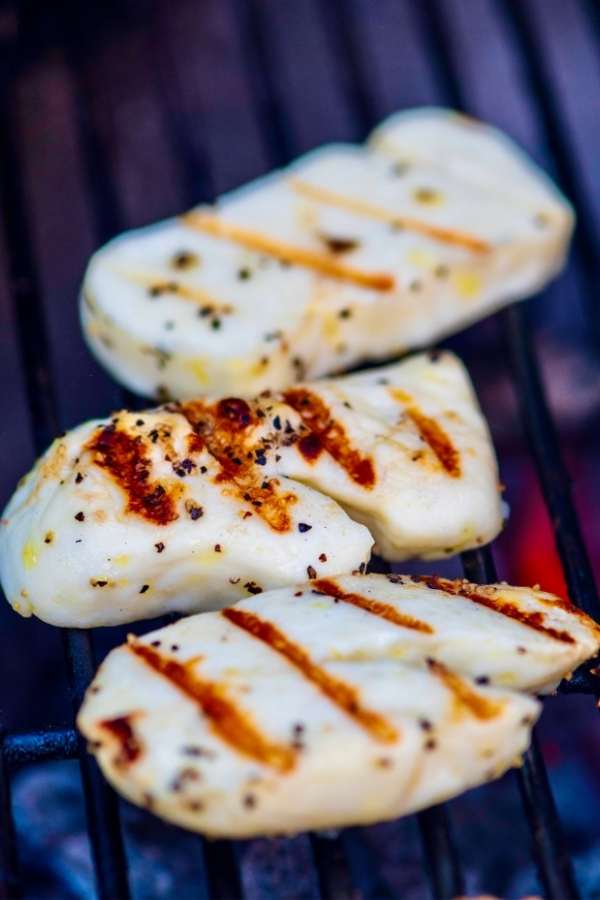
Halloumi is a semi-hard, unripened, traditional Cypriot cheese prepared using a blend of goat’s and sheep’s milk, and occasionally cow’s milk is also included. After that, it is set using rennet. The cheese has a mild salty flavor and its texture is described as being rubbery and squeaky. Halloumi is considered to be one of the oldest cheeses present in the world.
Halloumi has a high melting point, which means that one can easily fry or grill it. This property makes it a common alternative to meat. However, it is generally consumed cold along with fresh watermelon. Several countries throughout Europe and the Middle East use halloumi to prepare dishes like lamb roast and halloumi fries.
Souvla
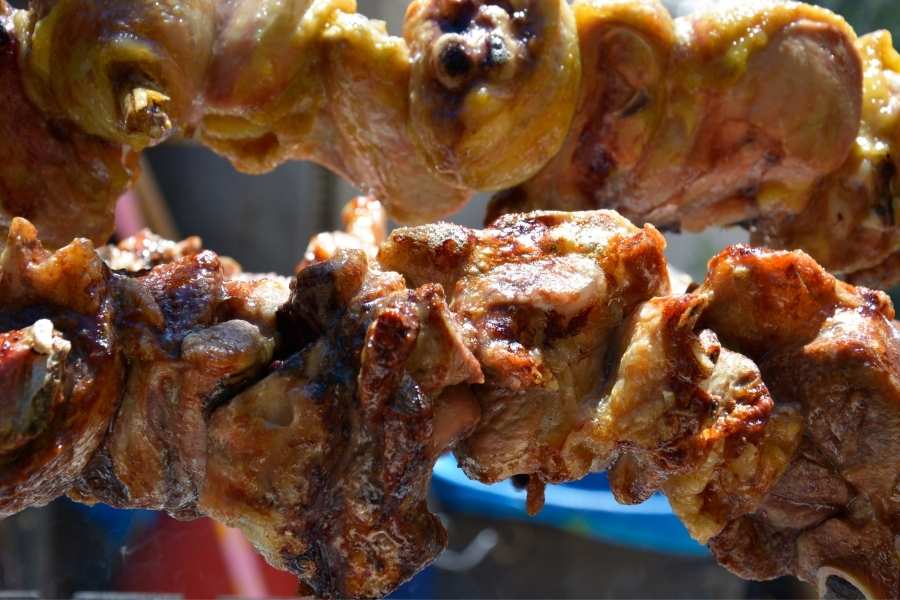
Souvla is a traditional dish consisting of large pieces of meat that are first marinated in wine, oil, salt, and herbs. They are then grilled on a long skewer over a charcoal barbecue, and while grilling, some more marinating liquid is poured on the meat. Traditionally, souvla uses the shoulders and necks of lamb, pork, or poultry.
Souvla takes more time to cook (about 3 hours) than regular grilled meat. Locals generally consume this dish on special occasions such as Easter, Christmas, weddings, or birthdays. However, you can also find some Cypriots enjoying the dish on regular Sundays.
Makaronia Tou Fourno
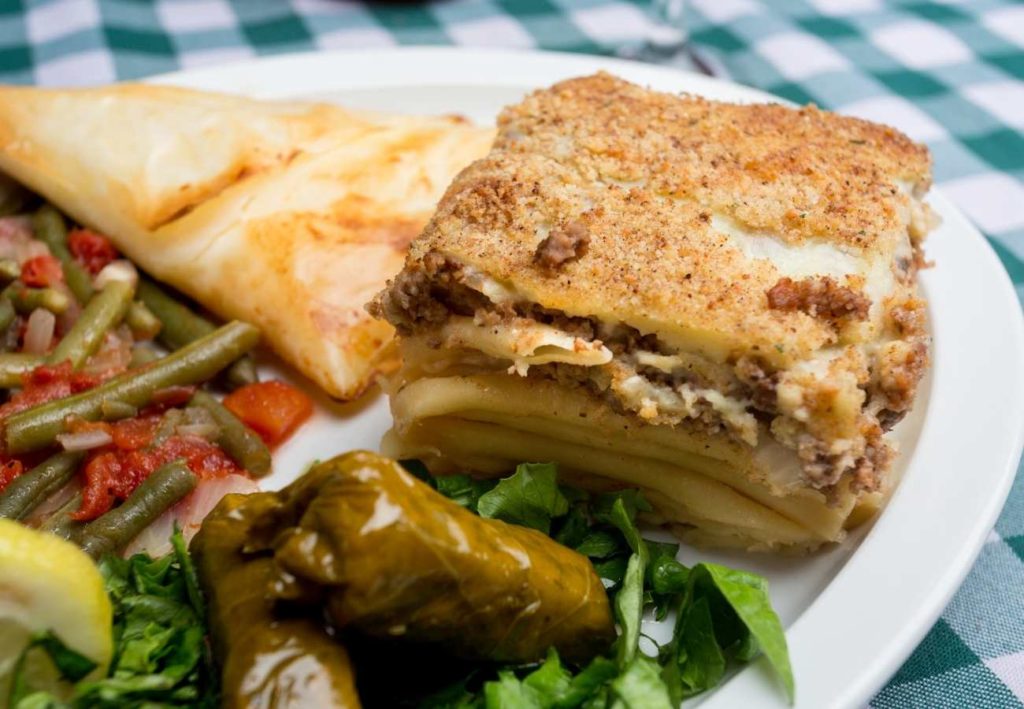
Makaronia Tou Fourno, also known as pastitsio in Greece, is a lasagne-type dish prepared using pasta tubes, béchamel sauce, halloumi cheese and minced pork.
Tubular pasta with halloumi cheese and béchamel cream forms the bottom layer of this layered pasta casserole dish. For the second layer, minced meat, cinnamon and fresh tomatoes are used. Many people also add cloves, nutmeg and allspice (depending on the region). Another layer of pasta, and to top it all off, a thick, creamy Béchamel sauce with grated halloumi and a little bit of cinnamon is added.
Generally consumed as a main course along with a salad, makaronia tou fourno is considered an important dish served on traditional occasions.
Kleftiko
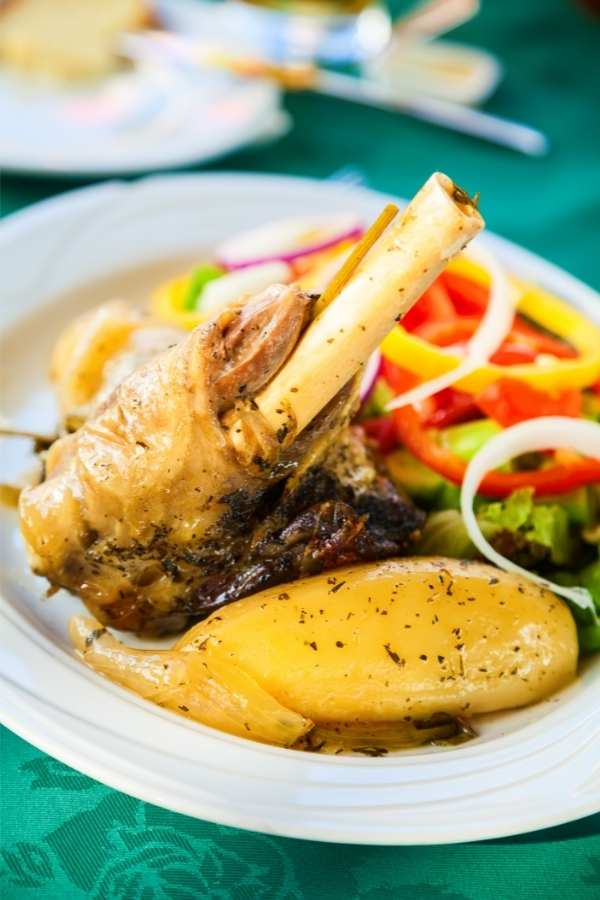
Kleftiko is a dish prepared using bay leaves, potatoes and lamb. Cypriots generally marinate the meat in olive oil, garlic, oregano, red wine and lemon. The marinated meat is then placed on parchment paper and baked in the oven.
Historically, it is believed that the bandits introduced Kleftiko to the world. The word “Kleftiko” means “stolen” in Greek. It is said that bandits used to steal meat and slow cook it in covered holes in the ground. This would prevent the smoke or smell of the dish from exposing their location.
It is served along with soft oven potatoes or bulgar wheat prepared in an onion and tomato sauce. One can also consume it with yogurt.
Koupepia (Stuffed Vine Leaves)
Koupepia are dolmas prepared using fresh vine leaves. They are filled with ground pork or veal, tomatoes, rice, onions, fresh herbs and seasoning. Koupepia are then cooked in tomato sauce and lemon juice, and a good amount of cinnamon is also added.
It is believed that koupepia was introduced to Cyprus by the Greeks during the 13th century. Generally consumed as a part of a meze platter or salad plate, this exotic dish is relished in small portions or as a main dish. Today, it is consumed throughout Greece, Turkey and the Middle East.
Stifado
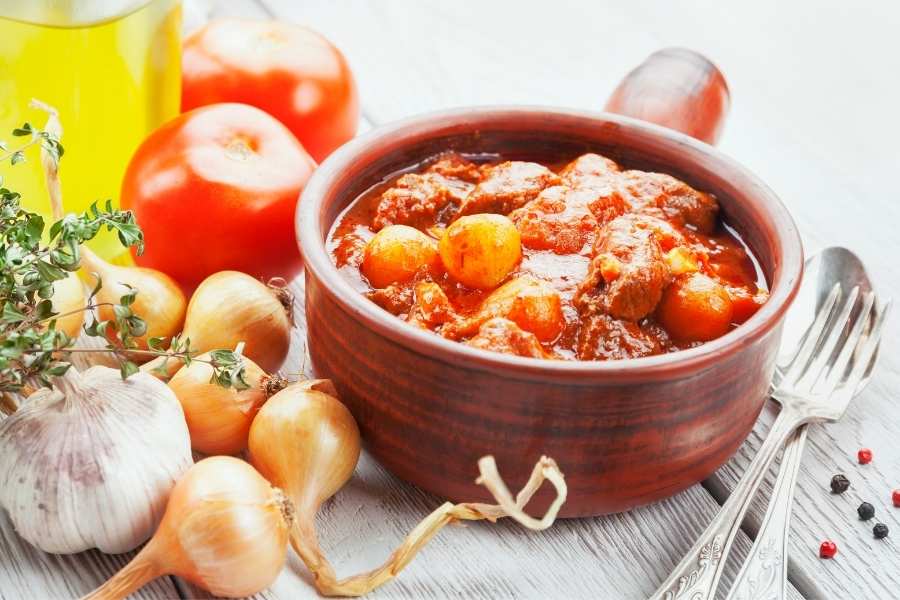
Stifado is a type of stew prepared using beef, red wine, onions, peeled potatoes, cognac and tomatoes. Other ingredients used include spices such as cinnamon and cloves. Once the stew is completely cooked, the bay leaves are placed on top and allowed to sit in the dish. They provide the stew with a distinct aroma before serving.
It is believed that the Venetians were the ones to introduce stifado to the Cypriots. However, it was in the 16th century that the locals started to add tomatoes to the dish after the fruit first reached Europe. Generally accompanied by rice or bulgur (pilaf), one can find many variations of this dish, such as tripe, octopus and rabbit.
Loukoumades
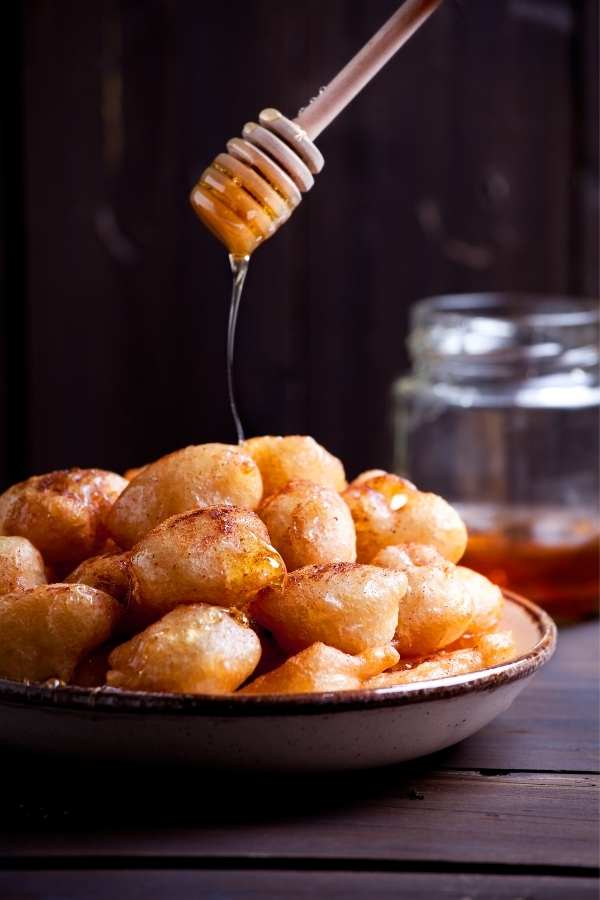
Loukoumades, also known as honey doughnuts, are sweet treats prepared using yeasted dough balls. The dough balls are deep-fried and coated with honey syrup. Cypriots will often sprinkle powdered cinnamon and icing sugar over these sweet balls, which helps to improve their flavor. Chopped nuts or toasted sesame seeds are also seen being added to the dessert.
Countries including Greece, Turkey and Egypt adamantly stake a claim to the invention of the dish. It is believed that loukoumades were originally made to serve the winners of the first Olympic games, which happened to be in the 8th century B.C.
Crispy on the outside and light and spongy on the inside, one can easily find these sweet treats on food stalls, though many eateries may also serve them as a dessert for Mezes.
Ayran
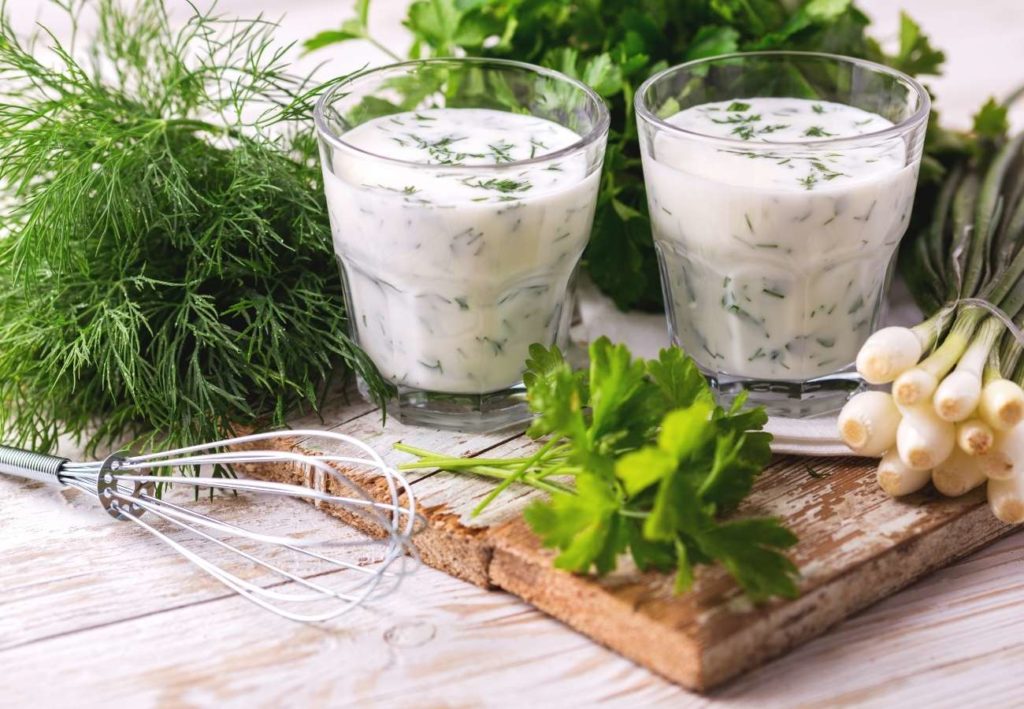
Ayran is yogurt-based drink most commonly associated with Turkey, prepared using yogurt, chilled or iced water, and salt. Often, ingredients like black pepper, lime juice, and herbs such as dried mint are also added to enhance the flavor.
Tulumba/Pomba/Bamiyeh/Balaḥ ash-Shām
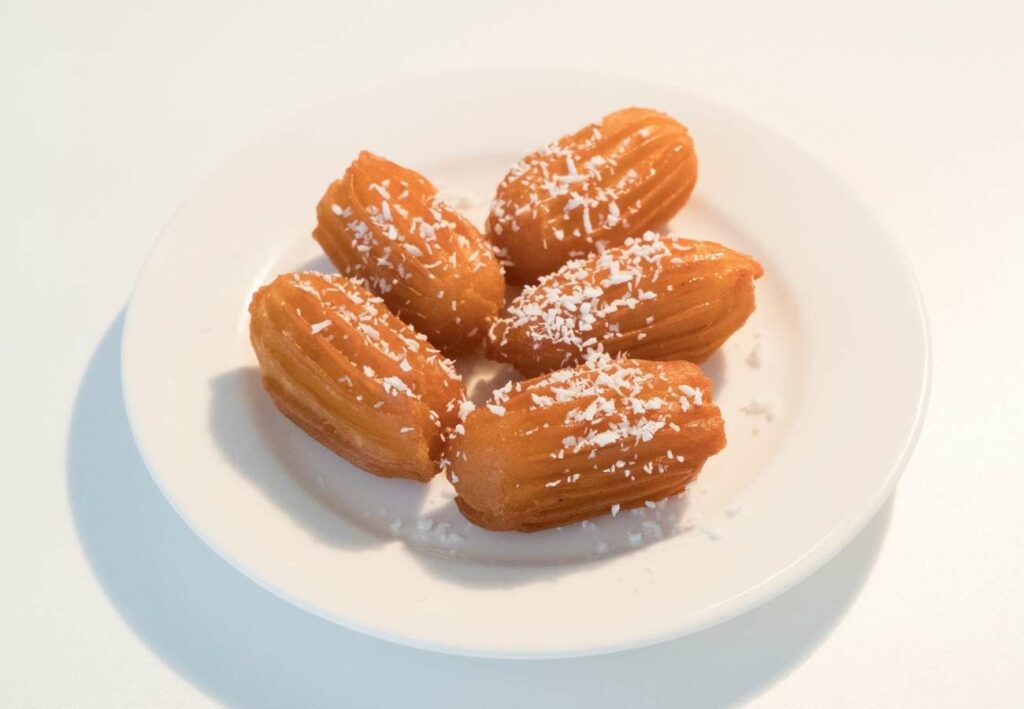
Tulumba, also known as Pomba, Bamiyeh or Balaḥ ash-Shām, is a deep-fried dessert.
It prepared using an unleavened dough lump, which is shaped as a small ovoid and includes ridges lengthways. It is shaped with the help of a pastry bag or cookie press, which has a fitting end part.
Tulumba is initially deep-fried to give this dessert a golden colour, and then sugar-sweet syrup is added on top while it’s still hot.
Trahana
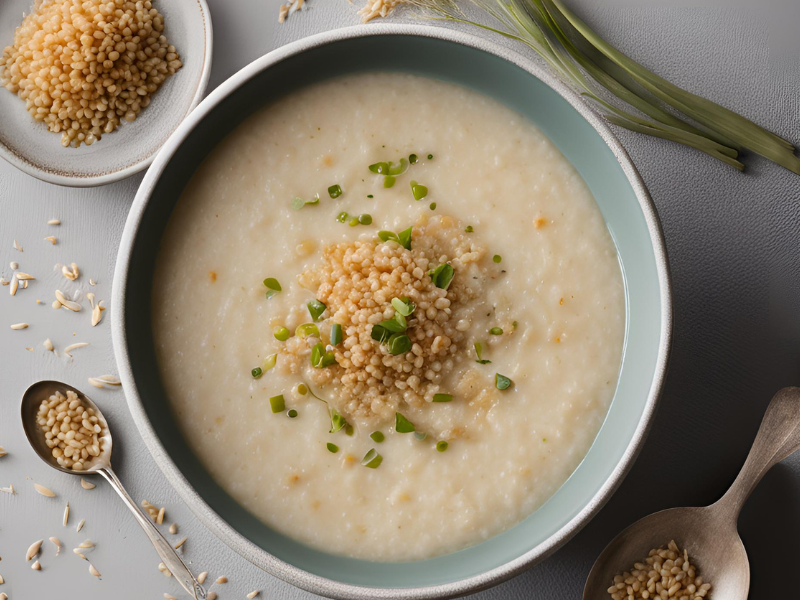
Trahana is a type of fermented grain made from cracked wheat or semolina mixed with yogurt or fermented milk that is used to make a popular soup in Balkan and Mediterranean countries.
Trahana is considered the world’s oldest fast food and is a traditional method of preserving milk and grains.

